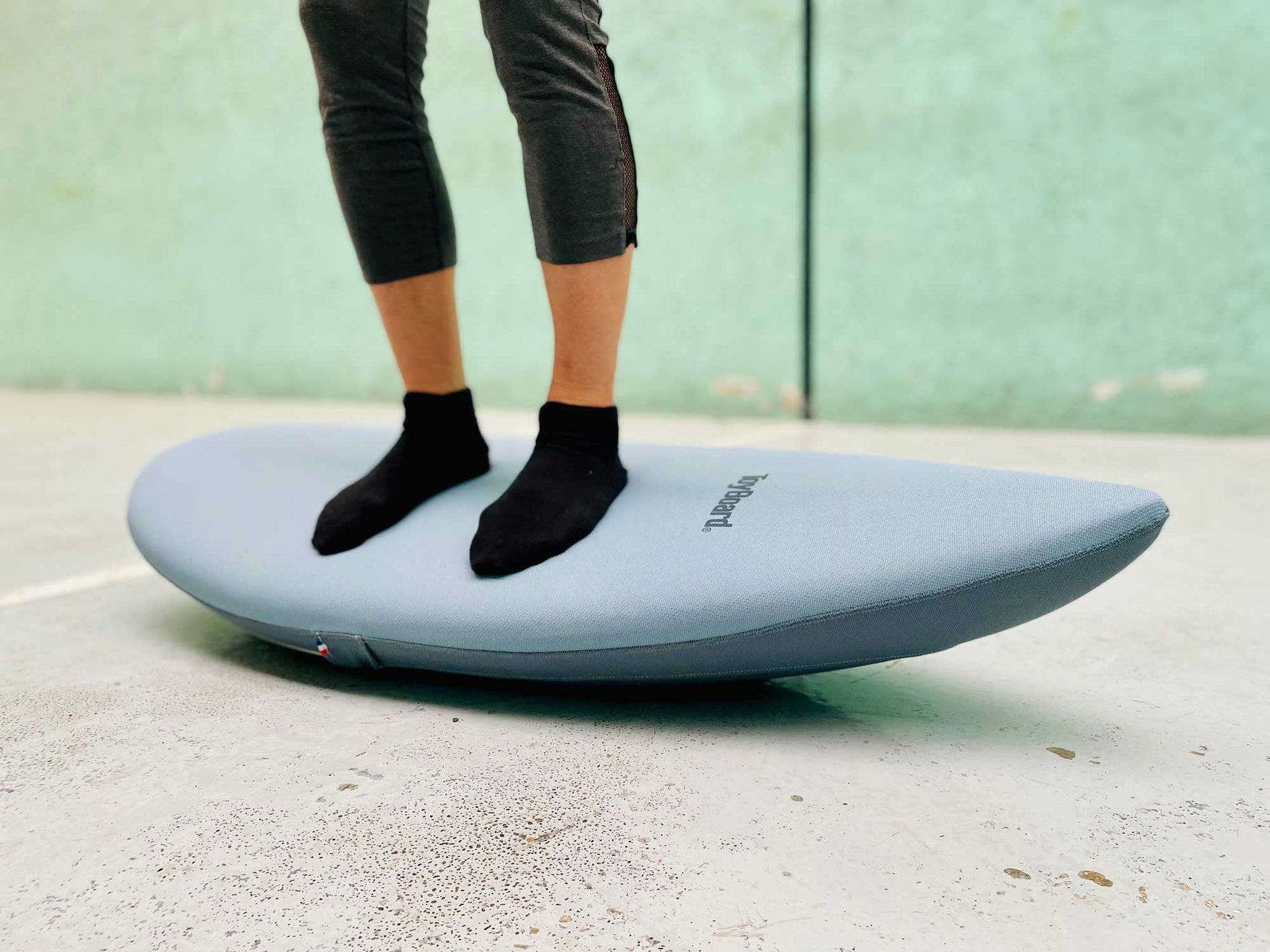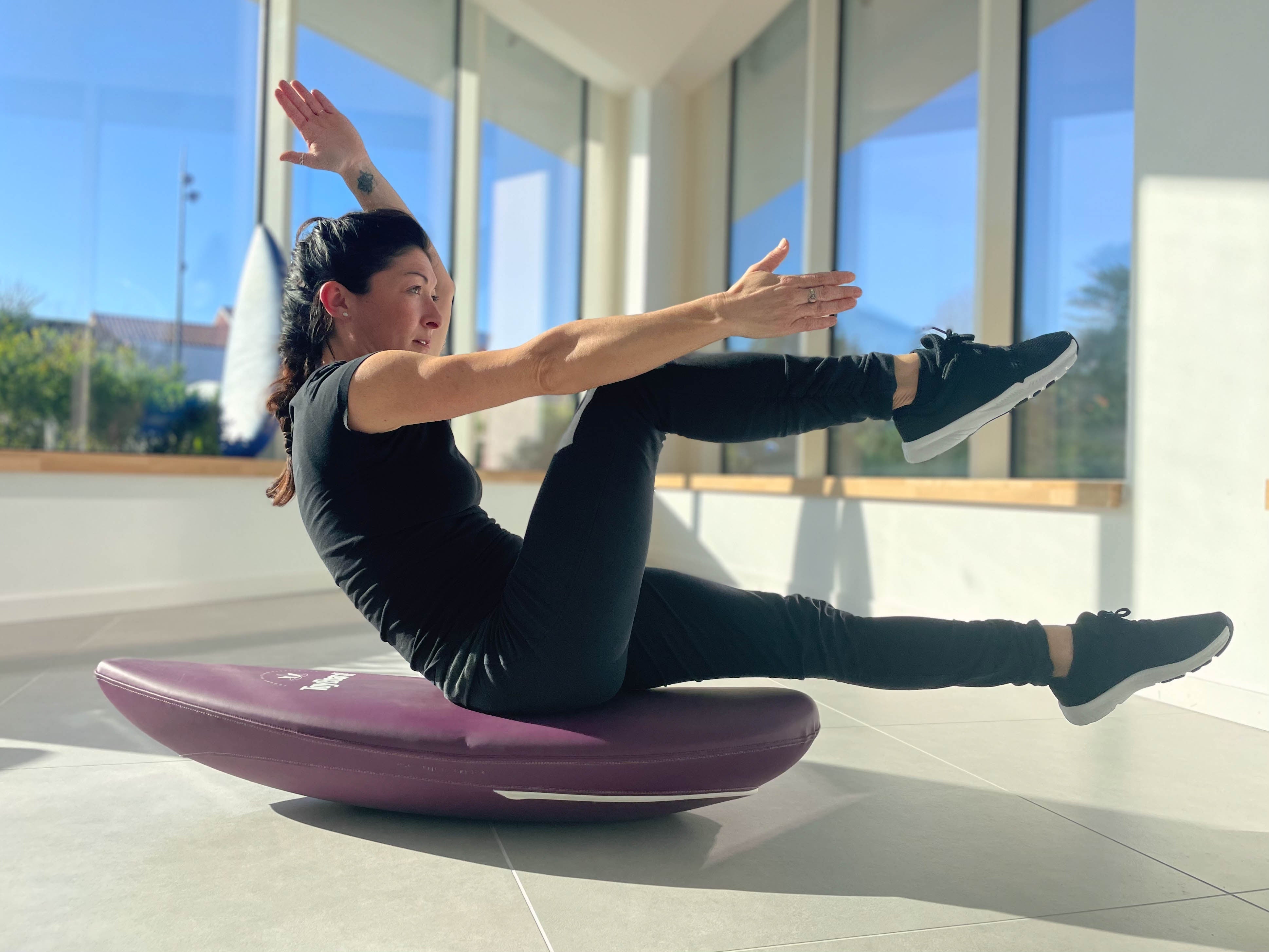In the fitness and wellness world, balance boards have gained popularity as a versatile tool for improving physical health, enhancing balance, and increasing overall body strength. But the question remains: are balance boards actually beneficial? The answer is a resounding yes, and here's why.
Balance boards are not just a passing fad: they offer real benefits for people of all ages and abilities. Whether you're an athlete looking to improve your performance or someone wanting to stay active in a fun way, these boards offer a unique combination of benefits that can transform your health and well-being.
Understanding balance boards
A balance board is a device used for training, rehabilitation, or simply for enjoyment. It consists of a surface balanced on a support point, creating a rocking motion that requires the user to maintain their stability on an unstable surface. This simple yet effective concept transforms ordinary exercises into challenging workouts that engage multiple muscle groups.
Trunk strength and stability
One of the main benefits of balance boards is the strengthening of core muscles. These muscles stabilize the body, and when you stand on an unstable board, they have to work harder to keep you upright. This constant engagement gradually strengthens the abdominal and lower back muscles, improving posture, reducing back pain, and optimizing body alignment.
Improved balance and coordination
Regular use of a balance board improves your balance and coordination. This is especially beneficial for athletes, as improved stability contributes to enhanced performance in almost any sport. Furthermore, better balance helps prevent injuries by improving the body's ability to react to uneven or unexpected terrain.
Development of proprioception
Proprioception refers to the body's ability to perceive its position in space. It is essential for both everyday movements and athletic performance. Training on a balance board stimulates this sensory system, improving body reactions and overall motor control.
Muscle tone and strengthening
Exercises performed on a balance board engage various muscle groups, including the legs, hips, and glutes. Maintaining stability forces these muscles to contract continuously, which helps strengthen and tone them. You can also incorporate upper-body exercises for a complete workout.
Rehabilitation and recovery
Balance boards are commonly used in physiotherapy to aid in the rehabilitation of ankle and knee injuries. Their controlled movement allows for the gradual strengthening of weakened areas, making them a valuable tool for recovery.
Concentration and mental focus
Using a balance board requires intense concentration. This mental engagement can improve your cognitive abilities, including focus and mental clarity. The challenge of mastering balance also stimulates decision-making and the ability to stay focused under pressure.
Accessibility and versatility
Balance boards are accessible to everyone—beginners and advanced users alike—and can be used at home, at the gym, or even at the office. They are affordable, easy to transport and store, making them a great addition to any fitness routine.
Incorporate the balance board into your routine
To fully enjoy the benefits of a balance board, start with simple exercises. Once you feel comfortable, you can move on to more complex movements such as squats, planks, or yoga poses.
Conclusion: an indispensable tool for your physical fitness
So, are balance boards right for you? Absolutely. They offer a multitude of physical and mental benefits, improve athletic performance, and make workouts more fun. Whether you're in rehabilitation, looking to energize your routine, or simply trying something new, a balance board could be the perfect tool. Take on the challenge of balance and discover all that your body and mind can achieve.





